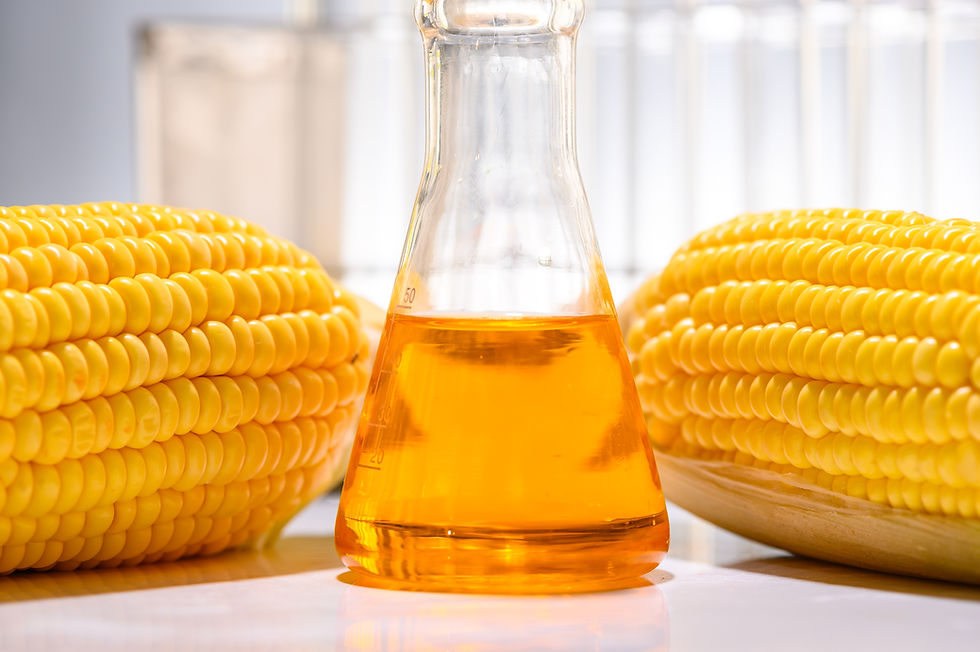Anti-inflammatory Eating for Children
- Denise Scott
- Oct 26, 2022
- 3 min read
Updated: Jun 28, 2023
Inflammation in the body has many triggers - illness, infection, autoimmune disease, reaction to foreign bodies, trauma, etc. Inflammation can be part of the healing process or can sometimes escalate and lead to a chronic state. Chronic inflammation is part of heart disease, type 2 diabetes, autoimmune disease, and some cancers.

High-sugar, high-fat foods that contribute to inflammation
Foods that contribute to inflammation include:
Sugar
Saturated fats
Processed foods
High omega-6 content
Refined grains

Anti-inflammatory Foods
An anti-inflammatory diet is rich in:
antioxidants
phytochemicals
polyphenols
flavonoids
polyunsaturated fats
omega-3 fatty acids
fiber
This type of diet is also low in:
saturated and animal fats
sugar
processed foods
high-fructose corn syrup
trans fat.
The anti-inflammatory diet combines two old eating patterns: the Mediterranean and the Asian diets. Each diet is high in plant proteins, such as beans and legumes, nuts and seeds, and has a low glycemic index and high fiber content. They focus on whole fresh foods with an emphasis on fruits and vegetables. By minimizing red meat and encouraging seafood consumption, it is naturally low in saturated fats and includes healthy fats.

Many spices can help reduce inflammation
This eating pattern encourages using spices such as ginger, garlic, cayenne, black pepper, rosemary, and turmeric, which contain phytochemicals. These chemicals, produced by plants, reduce inflammation, aid the immune system, and help protect cells and DNA from damage.
An anti-inflammatory diet in children can reduce:
severe asthma symptoms
the incidence of allergies
risk for obesity
risk for non-alcoholic fatty liver disease
risk of type 2 diabetes
risk of cardiovascular disease
Mediterranean and Asian diets are rich in plant-based foods, emphasizing fresh foods. Both diets have a whole foods approach, with minimal processing and minimal use of pesticides and toxic residues.
They are moderately rich in seafood and omega-3 fatty acids. They include occasional lean meats and eggs and are high in antioxidants. Foods rich in antioxidants include nuts, fruit, and vegetables.
The Mediterranean portion is rich in healthy monounsaturated fats from olives, olive oil, nuts, and seeds. The Asian component emphasizes oily fish and fermented foods such as kimchi, natto, and pickles, which support a healthy microbiome. Mushrooms, a primary food in the Asian diet and a source of vitamin D, are thought to have some anti-cancer benefits.
This eating pattern encourages 4-6 vegetable servings daily along with fruit and plant proteins. Beverages promoted include water and green tea.
Each of these diets also avoids:
Artificial flavors and colors
High-fructose corn syrup
Saturated fats
Processed foods
Children’s Hospital of Philadelphia (CHOP) has put together many anti-inflammatory recipes that can be found @
The Arthritis Foundation recommends these foods for children with arthritis to fight inflammation:
Dark leafy greens (kale, spinach, etc.)
Broccoli
Cherries
Berries (blueberries, blackberries, strawberries)
Healthy fats (extra virgin olive oil, avocadoes, walnuts, almonds, pistachios)
Fatty fish (salmon, tuna, mackerel, sardines)
Whole grains (100 percent whole wheat bread, quinoa, brown rice, steel-cut oatmeal, buckwheat)
Beans (black beans, chick peas, kidney beans)
Lentils and other legumes
Onions
As a rule, colorful fruits and veggies should take up the most space on your plate.
The Arthritis Foundation also recommends avoiding these foods that are high in saturated fat and sugar and low in fiber, and can trigger inflammation.
Microwaveable meals
“Just add water” meals like ramen and easy macaroni and cheese
Fast food
Frozen pizza
Fried foods (French fries, fish sticks, onion rings, fried mozzarella sticks)
White bread or anything else made with white flour like cake, donuts, cookies and pastries
Red meat
Candy
Chips
Soda (even diet!) and energy drinks
Sugary snack foods and cereals
If you’re uncertain whether a food is good or bad, read the ingredient list. Stay away from items made with:
Partially hydrogenated oils or trans fats
High fructose corn syrup
Food coloring
Ingredients you can’t pronounce
Lastly, there is a social component to these diets focused on eating together with family. Meals are a time for enjoyment and socializing, which slows down eating.
Decrease inflammation in your child and boost their immune system with whole, unprocessed foods - colorful fruits and vegetables (eat the rainbow!), legumes, nuts, and whole grains. By doing so, you will provide them with the nutrients they need to strengthen their immune system.




Comments